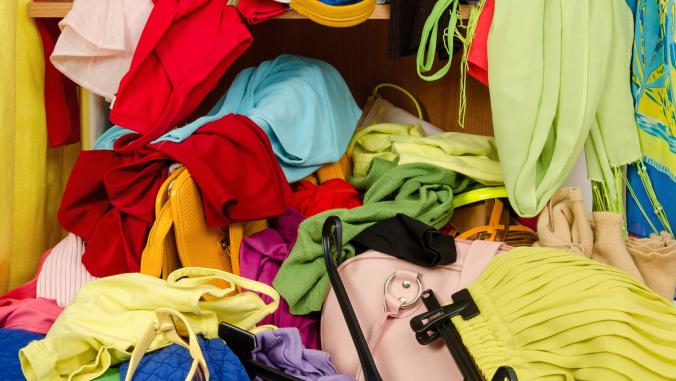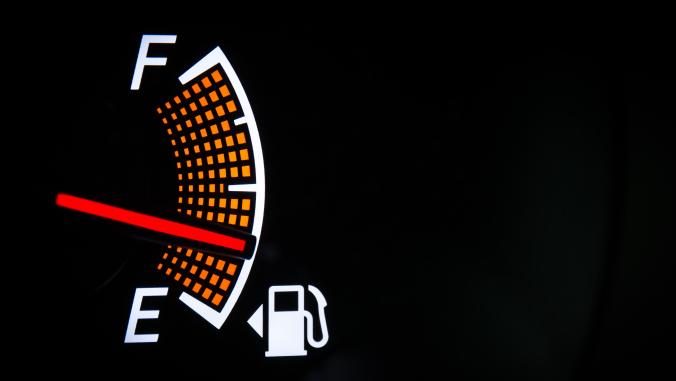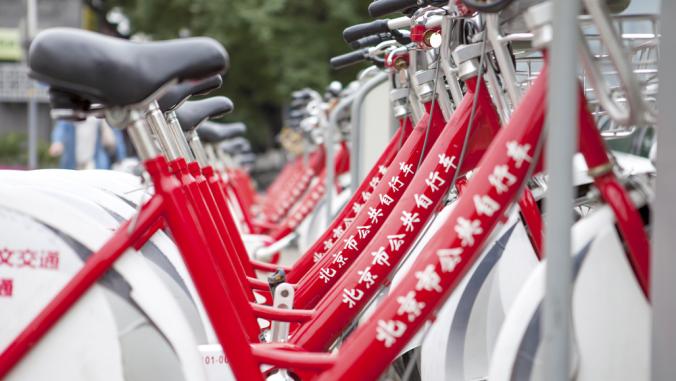Solar Power's Dirty Secrets
<p>A new "rank 'em and spank 'em" scorecard of solar power firms finds that the process of making clean energy isn't very clean.</p>

Maybe we should banish the term "clean energy." Growing corn for ethanol requires fertilizers and pesticides. Producing and shipping small-scale wind turbines for urban areas generates more CO2 than they save. Production of polysilicon for solar panels leaves a trail of toxic waste in China, as The Washington Post reported back in 2008.
Now a survey and scorecard that ranks solar energy firms points to potential environmental, health and safety issues associated with the production and disposal of solar photovoltaic panels -- as well as the reluctance of some well-known industry players even to talk about their practices.
The survey comes from the Silicon Valley Toxics Coalition, an activist group that has produced similar scorecards of the computer and TV industries, designed the shame the laggards into reform. (In the argot of environmental activists, this tactic is known as "rank 'em and spank 'em.") SVTC is calling for mandatory takeback and responsible recycling by solar companies as a step toward reducing the solar industry's environmental footprint.
Maybe the most striking thing about the survey was how many solar companies felt free to ignore it. Only 14 companies replied, representing about 25 percent of the industry's module production in 2008, according to the SVTC. Well-known companies that did not respond include California-based Solyndra–which has been offered a $535-million loan guarantee by the U.S. Department of Energy–and venture-backed startups Miasole, Nanosolar and Konarka. Other companies that did not respond to the SVTC include Silicon Valley-based SunPower; Suntech, the Chinese solar giant that plans to open a plant in Arizona; and Japanese electronics firm Sharp.
Sheila Davis, the executive director of the activist group, told me she wasn't surprised at the lack of response.
"We've done scorecards in the past, and in the first round, we typically get a low response rate," she said. "Our experience is after a couple of years, companies are knocking on your door to participate because it becomes a competitive issue."
The top three scores in the SVTC survey were earned by German manufacturers Calyxo, SolarWorld and Sovello, scoring 90, 88 and 73 respectively. The two U.S.-based respondents scored in the mid range: First Solar in Arizona received a score of 67 and Colorado-based Abound received a 63.
Other key findings:
• 57 percent of respondents would support mandatory takeback and recycling programs in the markets where they sell solar panels.
• 42.8 percent of companies are setting aside money to finance the collection and disposal of end-of-life panels and 50 percent said that they provide recycling services free of charge.
• 50 percent have undertaken analysis of their supply chain to document the social and environmental impacts associated with different production phases.
The reason why take-back and recycling programs are so important in solar, as they are in other industries, is that when companies understand that they will be responsible for the end-of-life of a product, they have an incentive to rethink their design and materials. "There are hazardous materials and rare metals in solar panels that don't belong in landfills," Davis said. "Anytime you have a product that you can't recycle, that's waste, and it's a pollution problem."
How big a problem? SVTC estimates that announced utility-scale solar panel projects in the state of California alone will generate about 1.5 billion pounds of panel waste.
The good news? Because panels last 20 to 25 years, companies and their customers have time to get a recycling infrastructure together.
GreenBiz.com Senior Writer Marc Gunther is a longtime journalist and speaker whose focus is business and sustainability. Marc maintains a blog at MarcGunther.com. You can follow him on Twitter @marcGunther.





